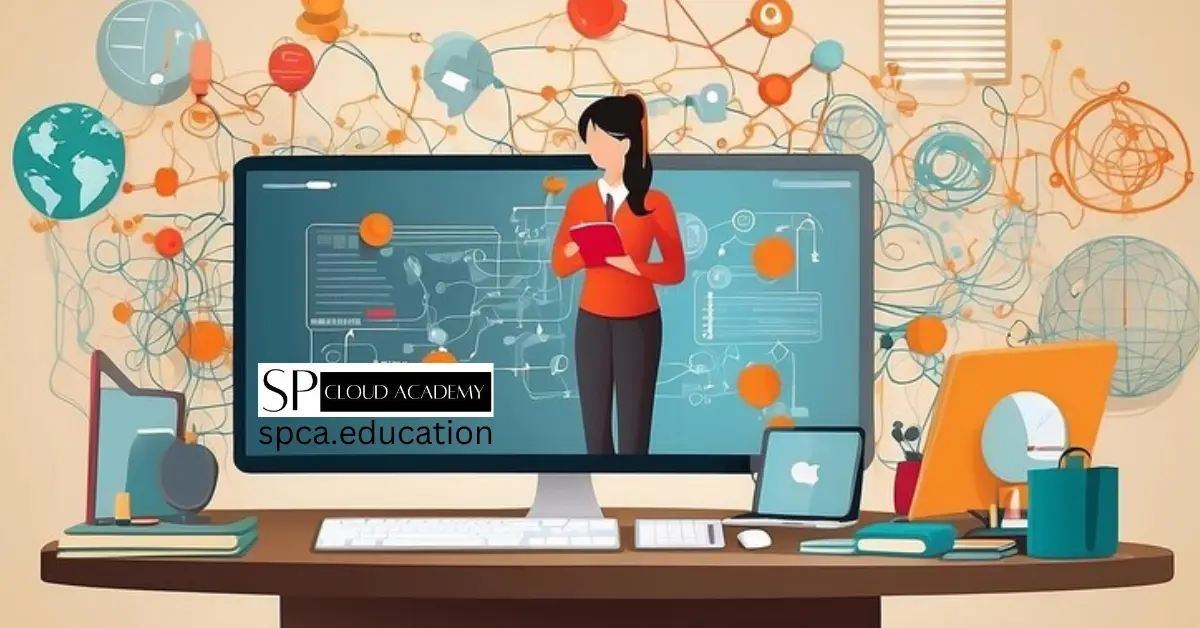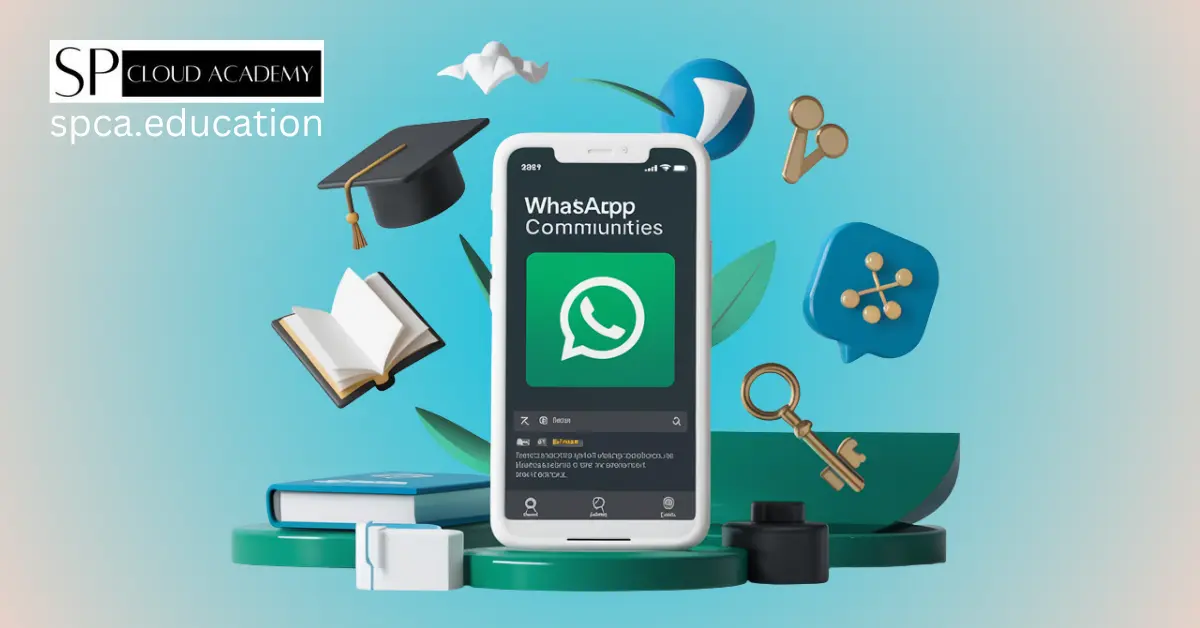Understanding blended and IT-driven teaching in the IR 4.0 era
In the era of the Fourth Industrial Revolution (IR 4.0), the landscape of education has undergone a significant transformation. Traditional teaching methods are no longer sufficient to equip students with the skills needed to thrive in a rapidly evolving digital world. Blended and IT-driven teaching has emerged as a powerful approach to bridge the gap between technology and education. As a TVET (Technical and Vocational Education and Training) teacher, it is crucial to understand the concept of blended and IT-driven teaching and how it can revolutionize the learning experience for your students.
Blended learning combines traditional face-to-face instruction with online learning activities. It leverages the power of technology to deliver personalized and interactive lessons, catering to the diverse learning styles of students. On the other hand, IT-driven teaching refers to the integration of technology tools and resources into the teaching process. It goes beyond simply using technology as a supplement and instead focuses on leveraging it to enhance student engagement, collaboration, and critical thinking.
The importance of blended and IT-driven teaching in TVET
Blended and IT-driven teaching plays a pivotal role in TVET as it equips students with the skills required in the IR 4.0 era. In today’s rapidly evolving job market, employers are seeking candidates who possess a combination of technical expertise and digital literacy. By incorporating blended and IT-driven teaching methods, TVET teachers can ensure that their students are well-prepared for the demands of the modern workforce.
Blended learning allows students to have a more flexible learning experience, enabling them to access course materials and resources anytime, anywhere. It promotes self-paced learning, allowing students to grasp concepts at their own speed. Moreover, the integration of technology tools and resources in the TVET classroom enhances hands-on learning and practical application of knowledge, preparing students for real-world scenarios.
Key skills required for blended and IT-driven teaching
To excel in blended and IT-driven teaching, TVET teachers need to develop a specific set of skills. Firstly, they must possess a thorough understanding of the technology tools and resources available for classroom integration. This includes familiarity with learning management systems, interactive whiteboards, multimedia presentations, and online collaboration platforms.
Additionally, TVET teachers need to be proficient in designing and delivering engaging online content. They should be able to create interactive e-learning modules, incorporate multimedia elements, and develop assessments that align with the learning objectives. Furthermore, effective communication and collaboration skills are essential for facilitating online discussions and group projects.
To stay up-to-date with the latest trends and innovations in blended and IT-driven teaching, TVET teachers should engage in continuous professional development. Attending workshops, conferences, and online courses can provide valuable insights and equip teachers with the necessary skills to enhance their teaching practices.
Incorporating technology in the TVET classroom
Integrating technology in the TVET classroom requires careful planning and implementation. One effective strategy is to start small and gradually introduce new tools and resources. This allows both teachers and students to familiarize themselves with the technology and adapt to the changes.
To make the most of technology integration, TVET teachers can incorporate interactive simulations and virtual labs to provide hands-on learning experiences. They can also leverage online resources such as educational websites, videos, and interactive tutorials to supplement classroom instruction. Additionally, collaborative tools and platforms can be used to facilitate group projects and foster teamwork among students.
It is crucial for TVET teachers to ensure that the technology used in the classroom is accessible and inclusive for all students. This may involve providing assistive technologies for students with disabilities or offering alternative learning options for students who may not have access to technology outside the classroom.
Best practices for blended and IT-driven teaching
To effectively implement blended and IT-driven teaching, TVET teachers can follow certain best practices. Firstly, they should create a well-structured online learning environment that is easy to navigate and contains clear instructions for students. Consistency in the layout and organization of the online platform helps students focus on the content rather than getting lost in the interface.
Secondly, TVET teachers should incorporate a variety of multimedia elements such as videos, interactive quizzes, and simulations to enhance student engagement. These multimedia resources can provide visual and interactive representations of complex concepts, making them easier to understand and remember.
Furthermore, it is crucial to provide regular and timely feedback to students. Online assessments and quizzes can be used to gauge student understanding and provide immediate feedback. This helps students identify areas of improvement and allows teachers to address any misconceptions or gaps in knowledge.
Tools and resources for blended and IT-driven teaching
A wide range of tools and resources are available to support TVET teachers in implementing blended and IT-driven teaching. Learning management systems such as Moodle, Canvas, and Blackboard provide a centralized platform for organizing course materials, delivering online content, and facilitating student-teacher interaction.
Interactive whiteboards and multimedia presentation tools like Prezi and PowerPoint enable TVET teachers to create visually appealing and interactive lessons. These tools can be used to deliver instructional content, engage students in discussions, and showcase real-world examples.
Additionally, online collaboration platforms like Google Classroom and Microsoft Teams foster collaboration and communication among students. These platforms allow students to work on group projects, share resources, and provide feedback to their peers.
Professional development opportunities for TVET teachers
Continuous professional development is essential for TVET teachers to stay abreast of the latest trends and developments in blended and IT-driven teaching. There are various opportunities available for TVET teachers to enhance their skills and knowledge in this field.
Attending workshops and conferences related to blended learning and educational technology can provide valuable insights and networking opportunities. Online courses and certifications offered by reputable organizations and universities can also help TVET teachers gain a deeper understanding of blended and IT-driven teaching methodologies.
Moreover, joining professional associations and communities of practice can provide a platform for TVET teachers to share best practices, exchange ideas, and collaborate with like-minded professionals.
Challenges and solutions in implementing blended and IT-driven teaching
Implementing blended and IT-driven teaching in the TVET classroom may pose certain challenges. One common challenge is the resistance to change among both teachers and students. Some teachers may be hesitant to adopt new technologies due to a lack of confidence or knowledge in using them effectively. Similarly, students may struggle to adapt to a new learning environment that requires self-discipline and independent learning.
To overcome these challenges, it is important for TVET teachers to provide adequate training and support to both teachers and students. Offering workshops, training sessions, and one-on-one mentoring can help build confidence and competence in using technology tools. Teachers can also create a supportive and inclusive learning environment where students feel comfortable taking risks and exploring new learning opportunities.
Another challenge is the digital divide, where not all students have equal access to technology and internet connectivity. To address this, TVET teachers can provide alternative learning options for students who may not have access to technology outside the classroom. This may include providing printed materials or organizing computer lab sessions during school hours.
Success stories of TVET teachers embracing blended and IT-driven teaching
Many TVET teachers have successfully embraced blended and IT-driven teaching, witnessing positive outcomes for their students. One such success story is that of Mr. Smith, an automotive technology teacher who implemented a blended learning approach in his classroom. By incorporating online resources and virtual simulations, Mr. Smith was able to provide his students with hands-on learning experiences that closely resembled real-world scenarios. As a result, his students demonstrated higher levels of engagement, critical thinking, and problem-solving skills.
Another success story is that of Ms. Johnson, a culinary arts teacher, who integrated technology tools in her classroom to enhance student learning. By utilizing multimedia presentations, online recipe databases, and virtual cooking demonstrations, Ms. Johnson was able to create an immersive and interactive learning environment for her students. This not only improved their culinary skills but also fostered creativity and innovation in their cooking techniques.
These success stories highlight the transformative impact of blended and IT-driven teaching in TVET classrooms. They serve as inspiration for other TVET teachers to explore innovative teaching methods and leverage technology to enhance student learning.
Conclusion
Blended and IT-driven teaching has become an essential skill for TVET teachers in the IR 4.0 era. By understanding the concept of blended learning and integrating technology tools and resources in the classroom, TVET teachers can provide their students with a dynamic and engaging learning experience. Developing the necessary skills, staying informed about the latest trends, and embracing continuous professional development are crucial for mastering the art of blended and IT-driven teaching. By doing so, TVET teachers can prepare their students for success in the modern workforce and empower them to thrive in the digital age.
CTA: To learn more about blended and IT-driven teaching in TVET, explore our online courses and certifications tailored for TVET teachers. Take the first step towards mastering the art of blended and IT-driven teaching and revolutionize your classroom today!
See Also
Blended Learning: https://spca.education/category/blended-learning/
-
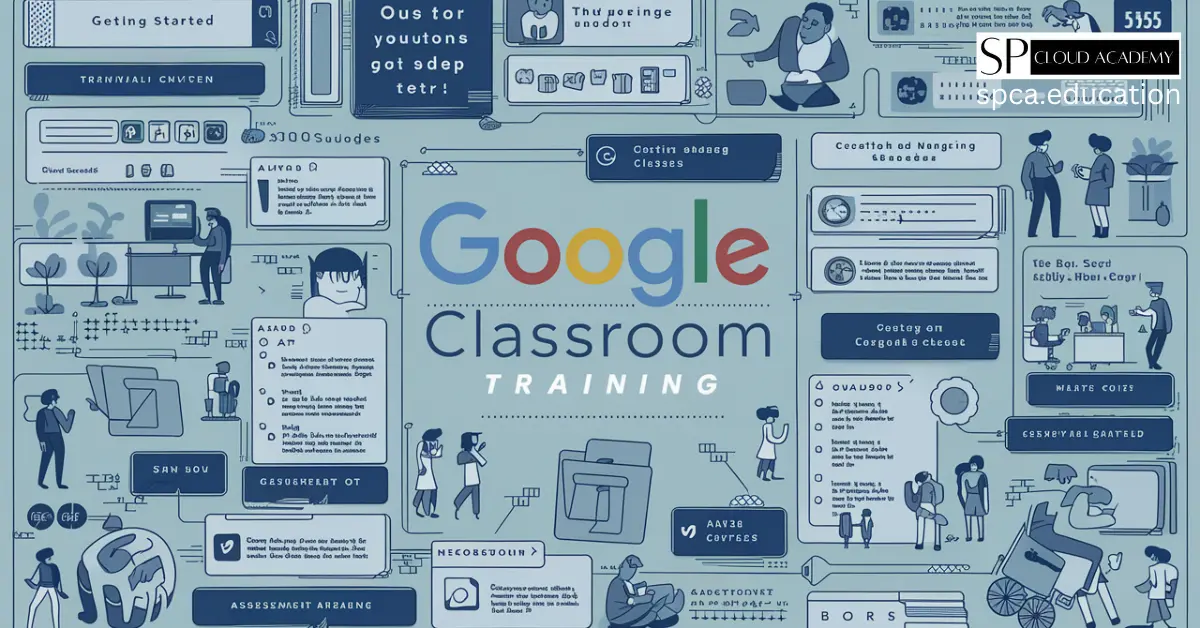
Master Google Classroom Like a Pro: The Complete Training Guide for Teachers
-
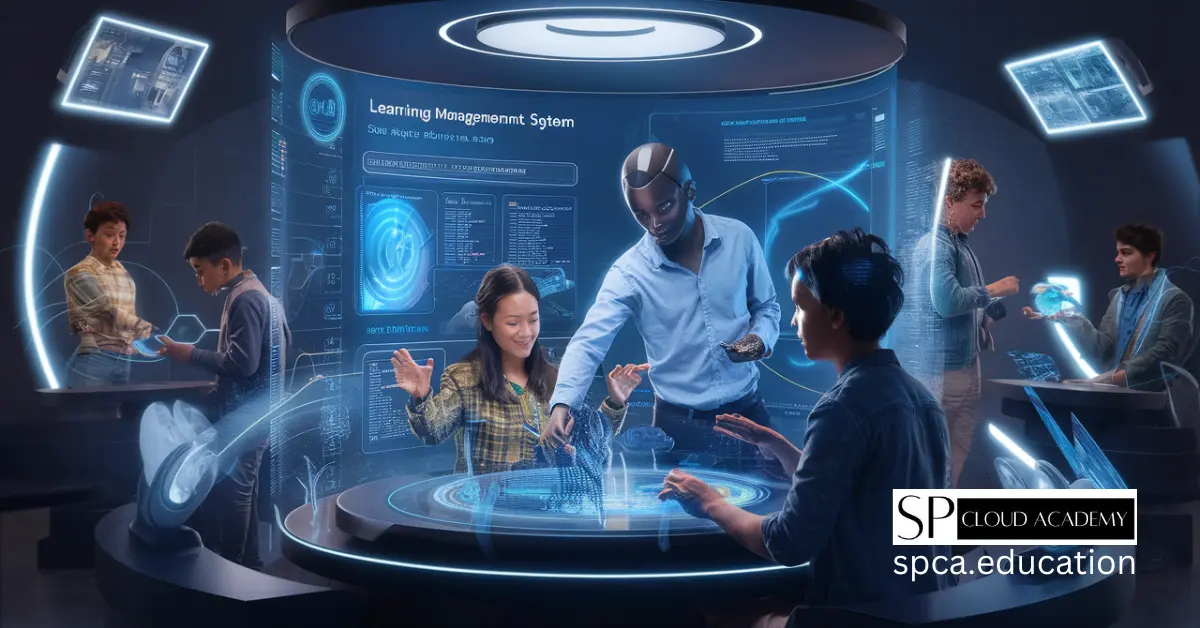
Revolutionizing LMS: How Simulation & Virtual Tech Are Changing Online Learning Forever
-
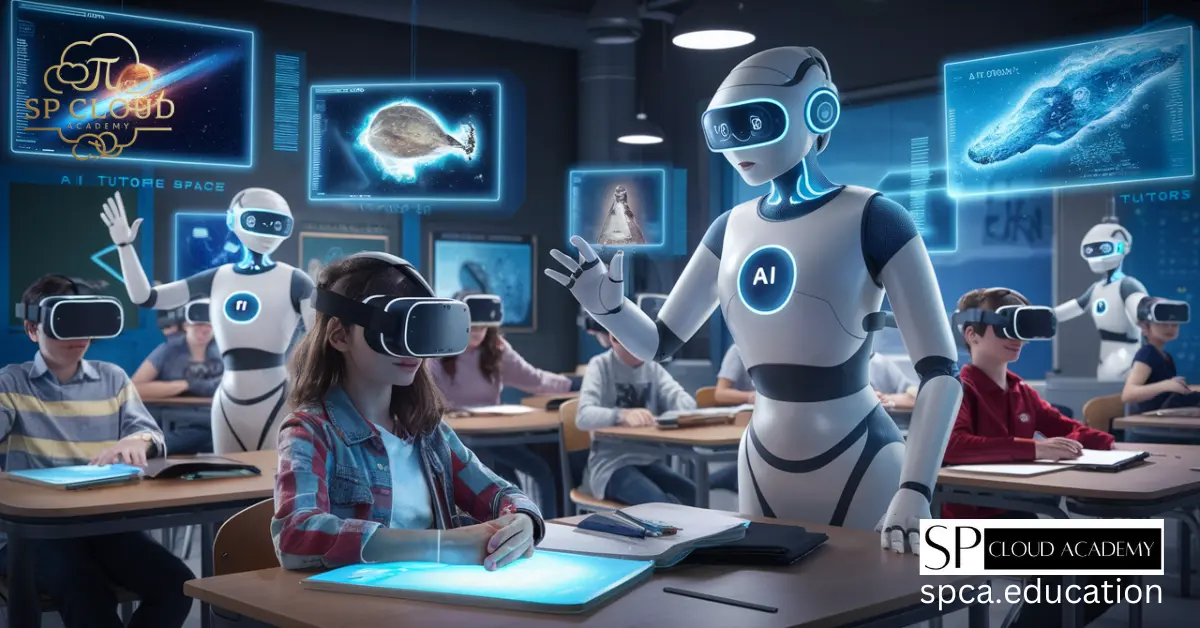
The Future of Education: AI Tutors and Immersive Learning
-
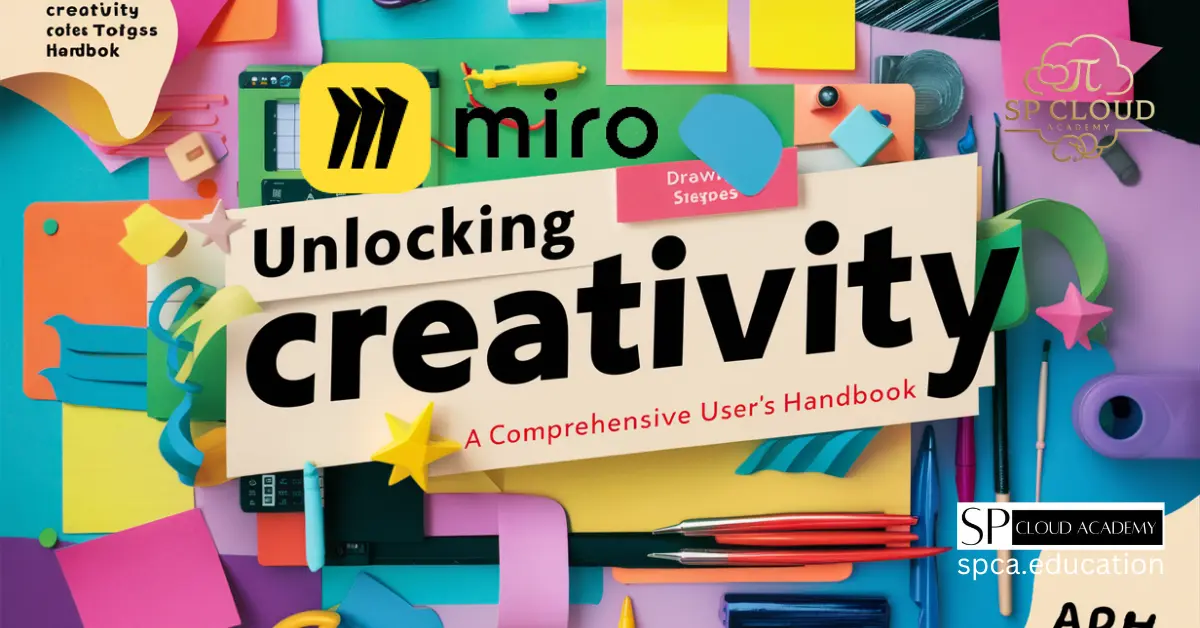
Unlocking Creativity with Miro: A Comprehensive User’s Handbook
-
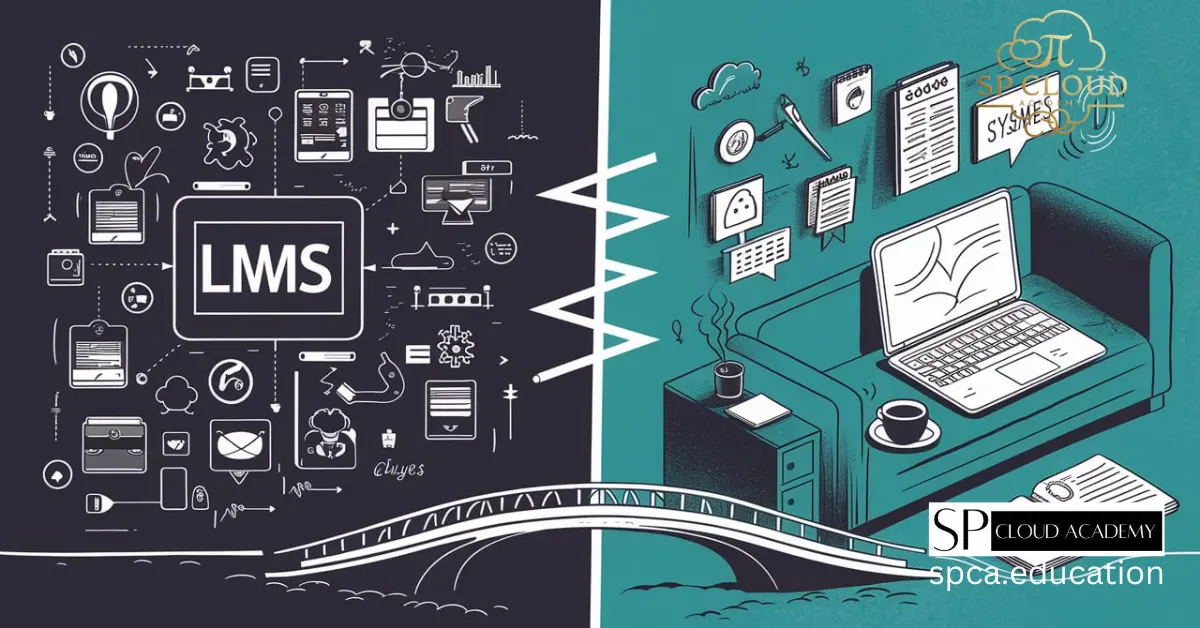
LMS vs. Traditional Online Learning: Which One Will Dominate the Future?
